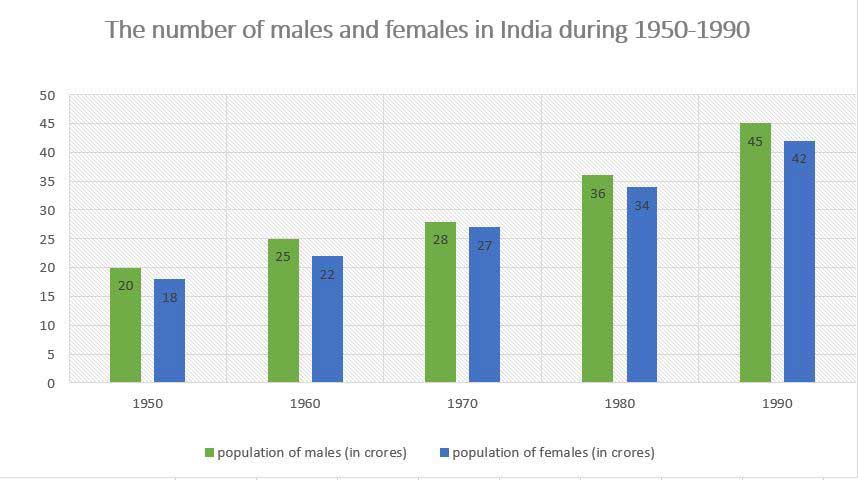IELTS Academic Writing Task 1 – Television viewing for sports by country
IELTS Academic Writing Task 1
Television viewing for sports by country
The table below shows the television viewing for sports by country, in millions for the current year. Summarize the information by selecting and reporting the main features and make comparisons where relevant.
Write at least 150 words.
| Country | Tennis | Golf | Motor racing | Athletics |
| Australia | 6.2 | 4.5 | 3.6 | 2 |
| U.K | 6.6 | 2.9 | 6.2 | 4.5 |
| USA | 7 | 11.7 | 1.4 | 8.9 |
| Canada | 6 | 2.6 | 1.2 | 3.9 |

Sample Answer
The table provides information about the television viewing figures for 4 different kinds of sports in 4 countries for the year 2018.
It can be clearly seen that tennis is a popular sport in all the listed countries. It has viewing figures of 6.2 million in Australia, 6.6 million in the U.K, 7 million and 6 million in the USA and Canada respectively. Motor racing has the least amount of viewership overall except in the UK. It is the second most viewed sport in the UK after tennis.
Looking at athletics, 8.9 million Americans watch this sport in comparison to only 2 million Australians. Figures in U.K and Canada are nearly two times higher than that recorded in Australia. Notably, golf has the highest amount of viewership among all 4 given sports. America has 11.7 million people who enjoy watching golf. Australia comes a distant second with 4.5 million viewers. In comparison, fewer people in U.K and Canada watch this sport, 2.9 million and 2.6 million consecutively.
Overall, it can be observed that golf is the most popular sport in the USA while tennis is the most-watched sport in the other listed countries. (193 words)
IELTS Dehradun Uttarakhand Tel: 8439000086 , 8439000087


